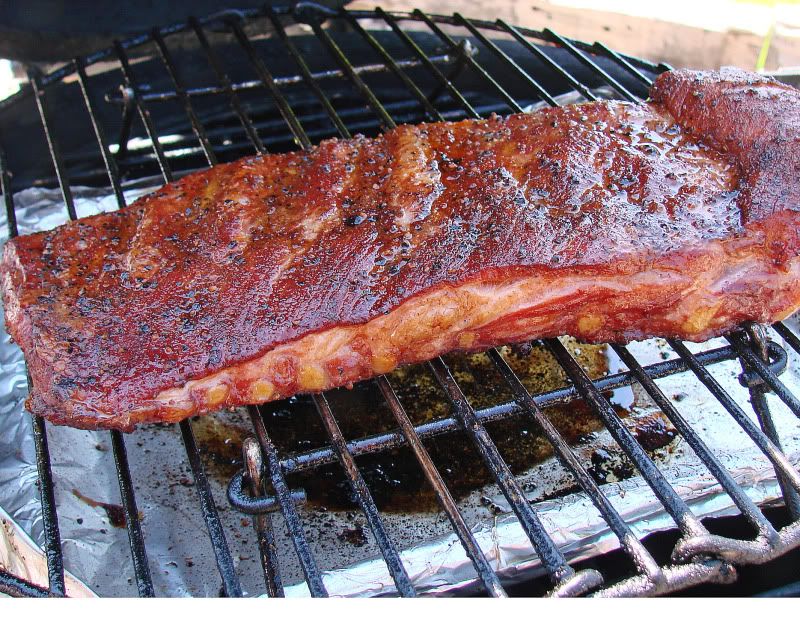DougMorford
Found some matches.
I live in a small college town in ID, and the school of ag runs it's own butcher shop on campus. All of the meat is raised on campus/locally, and I would really love to be their loyal customer (there's only one other butcher in town).
The problem:
I just bought two racks of spare ribs, and I couldn't believe how excessively they were trimmed. :mad2: They were sheared right down to the bone across the entire rack. All that remained was the little bit of meat between rib bones. Not much was left behind, and needless to say they turned out a little dry due to the lack of mass and fat (Although, I guess I did cook them as if they were regularly trimmed ribs; about 6 hours). Not to mention there just wasn't much to eat. They also cut the rack in half, which creates four end ribs instead of just two (more dryness).
Here's a picture: This is the rack I haven't cooked yet and is still frozen. You can see the bones.

How do I tactfully give them feedback and hopefully change their ways? Or at least get them to set something aside just for me. Is there anything I might want to know about meat processing or why they would trim the ribs like this and cut them in half before I write them an email?
Thanks for your input,
Doug
The problem:
I just bought two racks of spare ribs, and I couldn't believe how excessively they were trimmed. :mad2: They were sheared right down to the bone across the entire rack. All that remained was the little bit of meat between rib bones. Not much was left behind, and needless to say they turned out a little dry due to the lack of mass and fat (Although, I guess I did cook them as if they were regularly trimmed ribs; about 6 hours). Not to mention there just wasn't much to eat. They also cut the rack in half, which creates four end ribs instead of just two (more dryness).
Here's a picture: This is the rack I haven't cooked yet and is still frozen. You can see the bones.

How do I tactfully give them feedback and hopefully change their ways? Or at least get them to set something aside just for me. Is there anything I might want to know about meat processing or why they would trim the ribs like this and cut them in half before I write them an email?
Thanks for your input,
Doug




